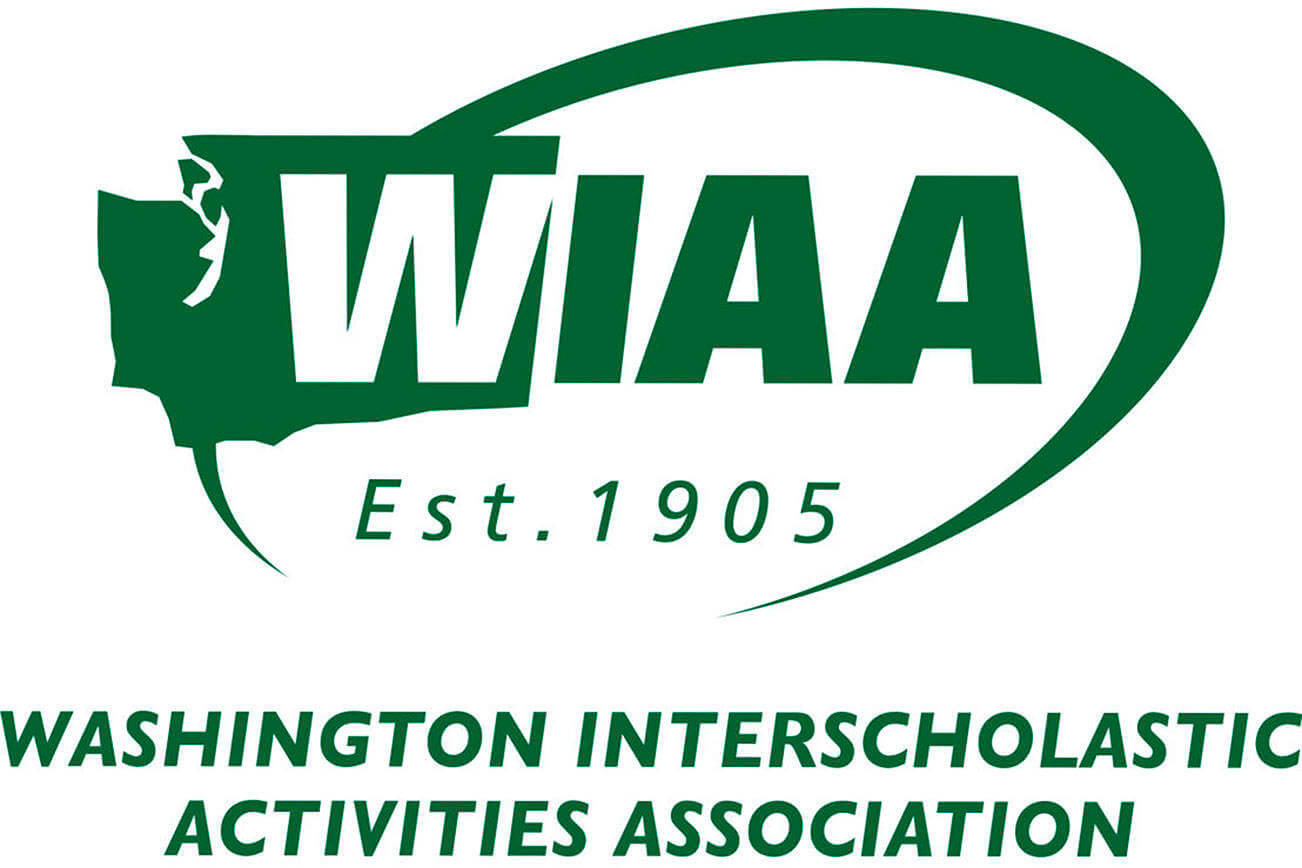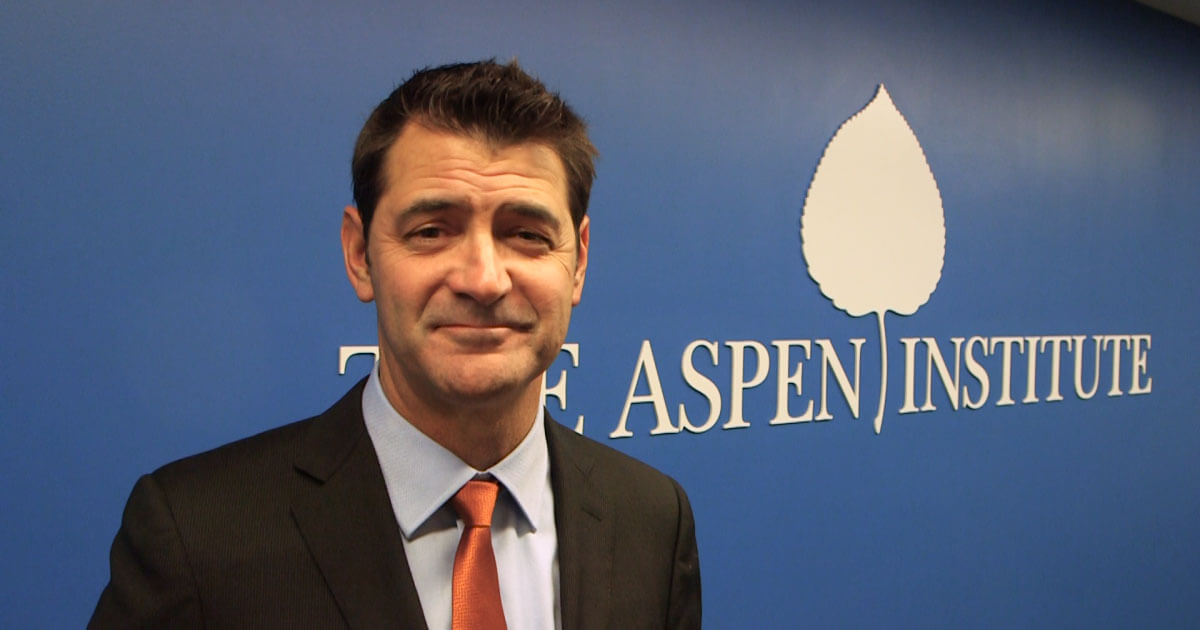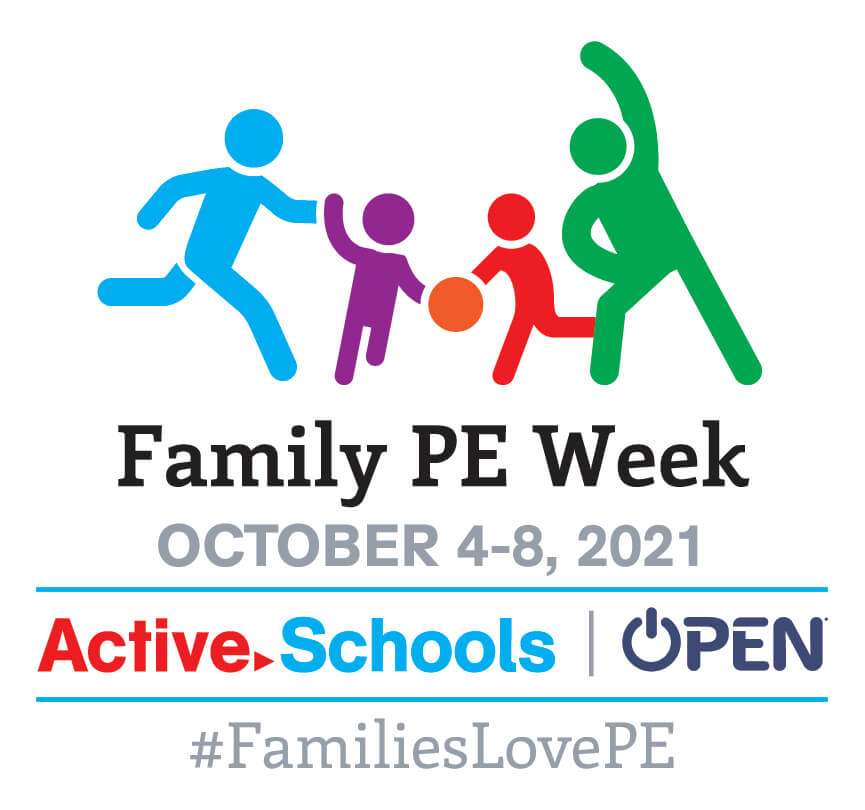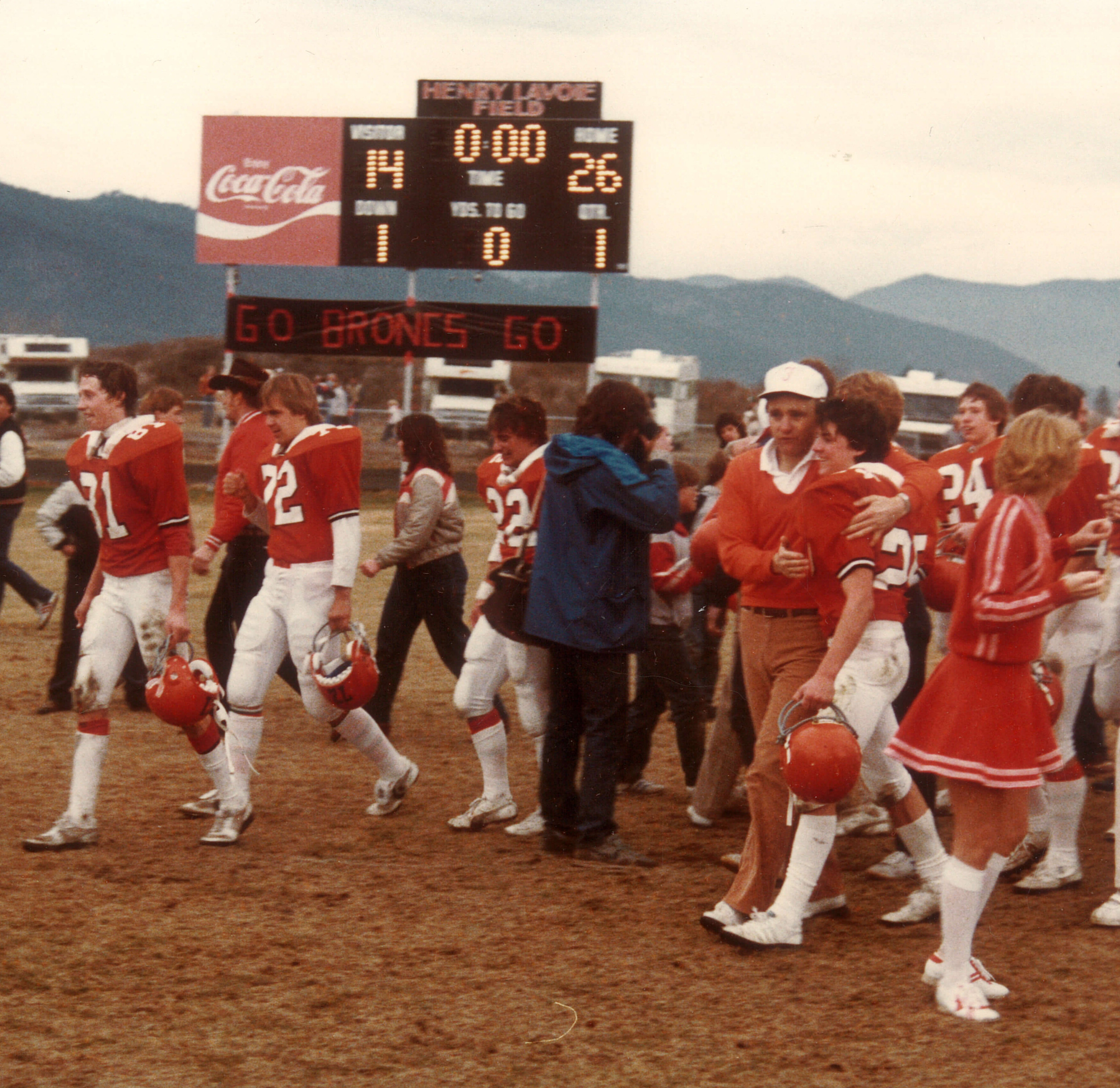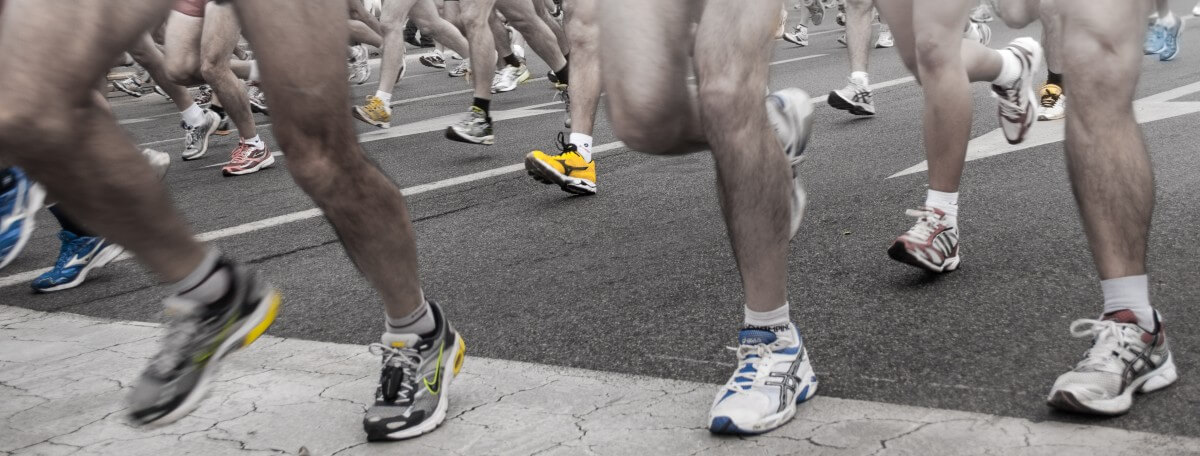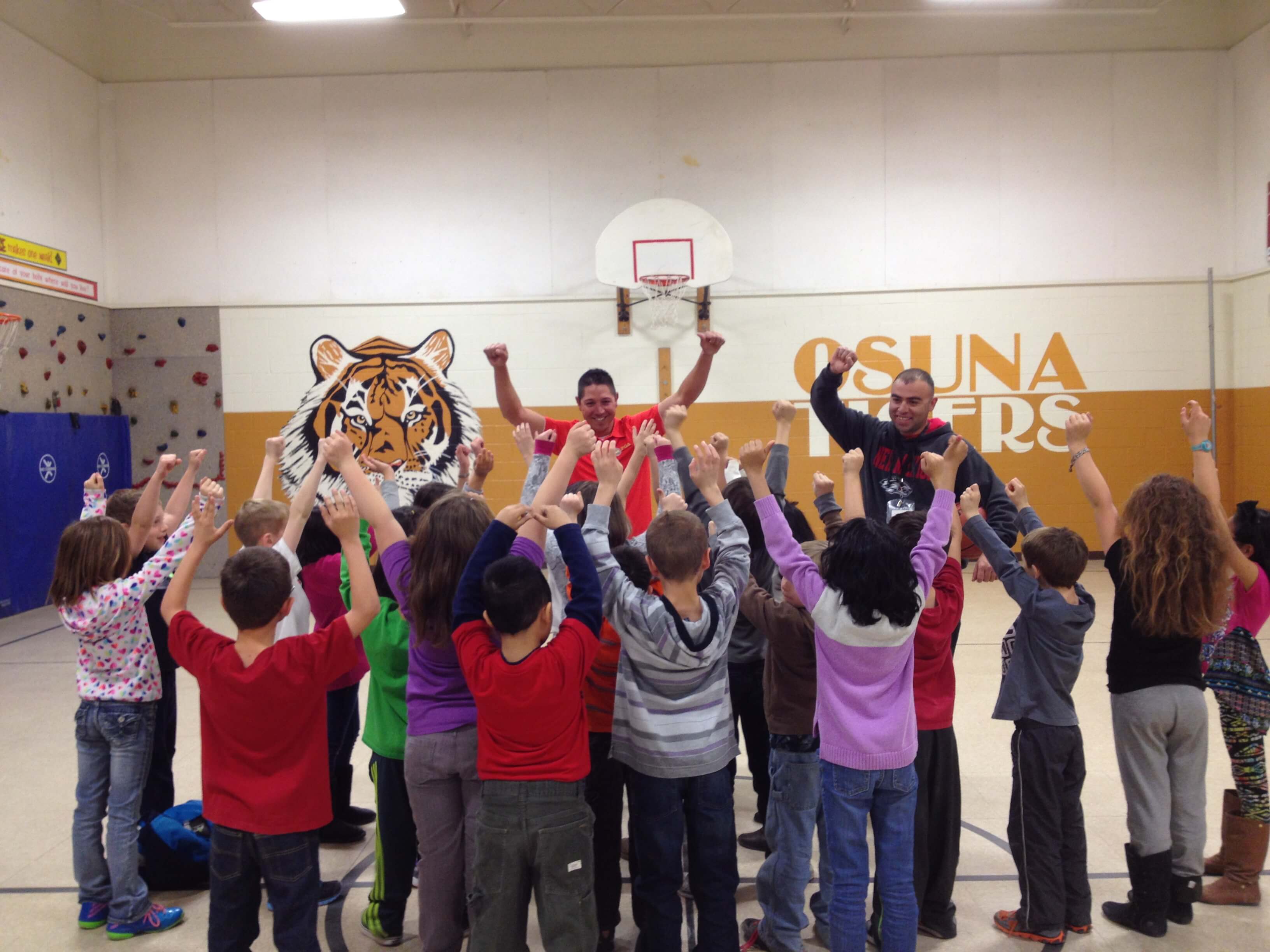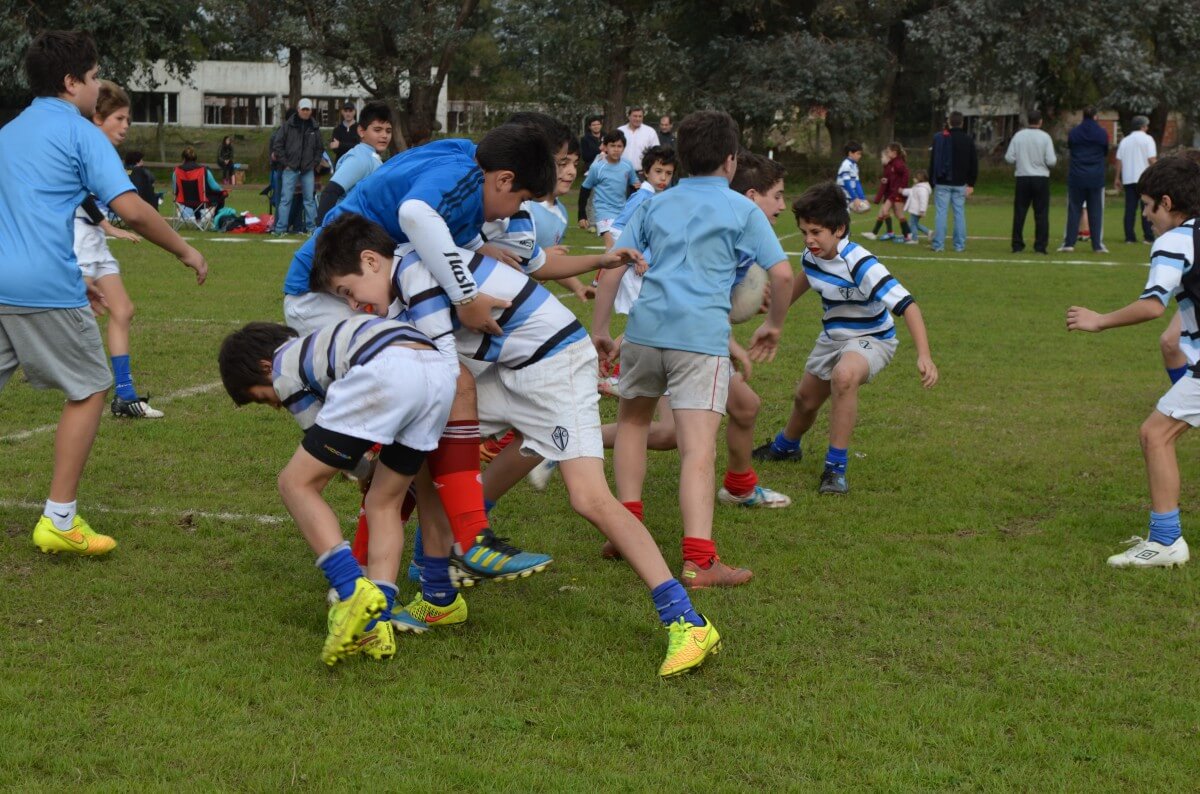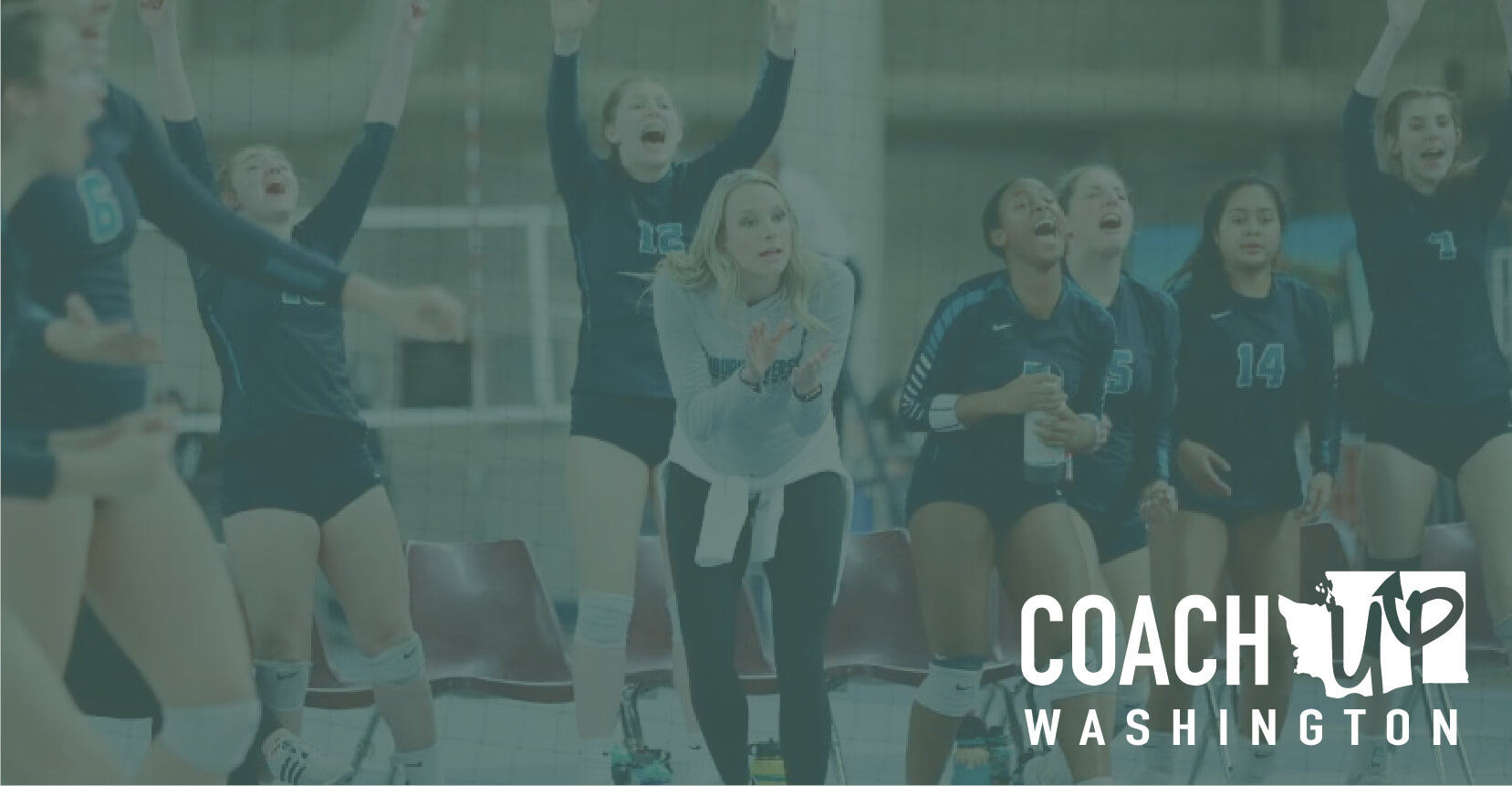
The Washington Interscholastic Activities Association (WIAA) and the University of Washington’s Center for Leadership in Athletics (UWCLA) are teaming up for CoachUp! Washington, an initiative aimed at providing social-emotional learning (SEL) curriculum to all 44,000 Washington State school-based coaches and bringing more women into the coaching profession. CoachUp! is one of 10 youth sports projects being supported and funded through the Million Coaches Challenge (MCC), an initiative of Susan Crown Exchange. The goal of MCC is to train one million coaches by 2025 in effective youth development techniques.
CoachUp! will take a multi-faceted approach to deepen SEL coaching practices across the state. The evidence-based training will be offered both virtually and in person, ensuring that coaches at member schools are receiving foundational SEL principles and strategies through multiple avenues. The training will be piloted with a representative sample of coaches at the outset of the project, refined, then extended to the remainder of the coaches in the state by 2023.
